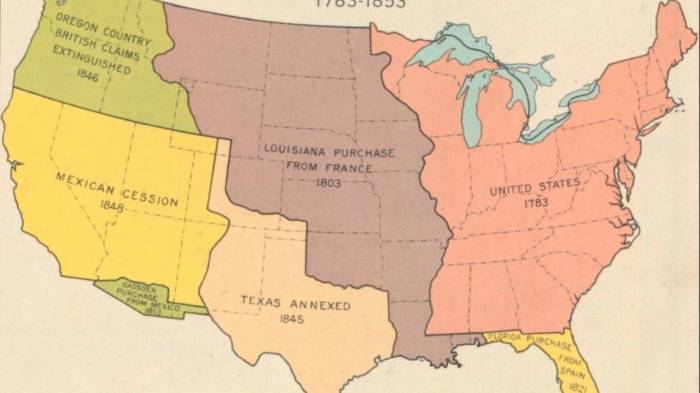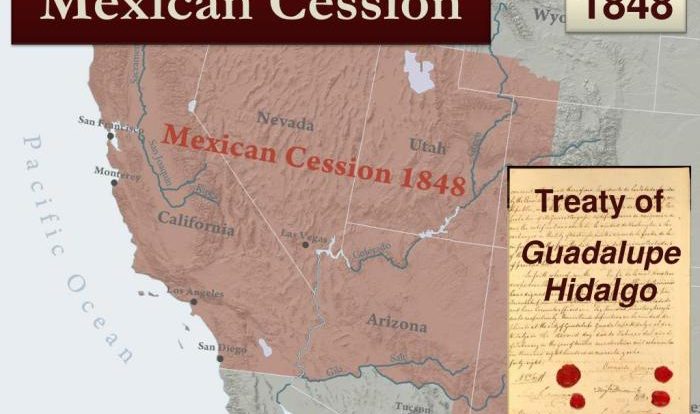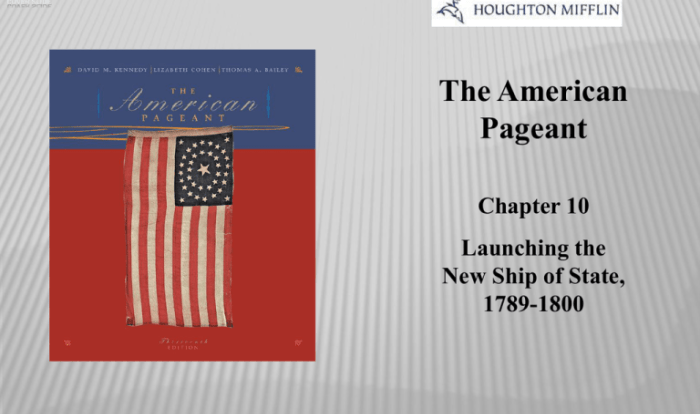Identify the statements that describe american westward expansion – Embark on an enlightening exploration of American westward expansion, a transformative era that profoundly shaped the nation’s identity and destiny. From its economic and social motivations to its impact on Native American populations and the environment, this comprehensive analysis unravels the complexities of this pivotal chapter in American history.
Through a meticulous examination of key events, timelines, and historical perspectives, we will illuminate the driving forces behind westward expansion, trace the routes and challenges faced by pioneers, and assess its profound consequences on the nation’s development.
American Westward Expansion: Definition and Historical Context
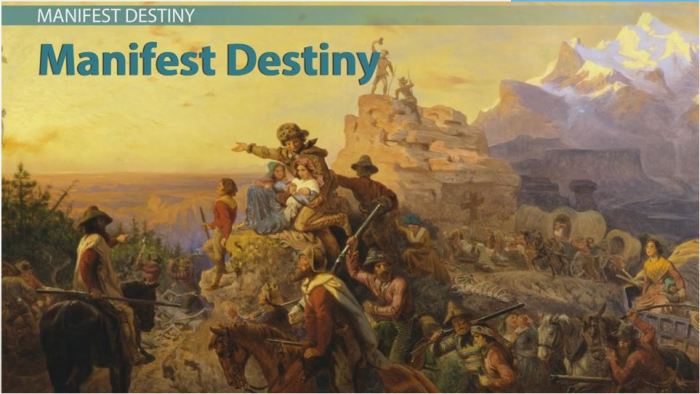
American westward expansion refers to the period of significant territorial growth and migration that occurred in the United States during the 19th century. It began with the Louisiana Purchase in 1803 and continued until the late 1800s, when the continental United States had been established.
Westward expansion had a profound impact on the development of the United States, shaping its political, economic, and social landscape.
Key events and milestones in the westward expansion movement include the Lewis and Clark Expedition (1804-1806), the Oregon Trail (1830s-1860s), the California Gold Rush (1848-1855), and the Homestead Act (1862). These events facilitated the exploration, settlement, and acquisition of vast territories in the western United States.
Motivations for Westward Expansion
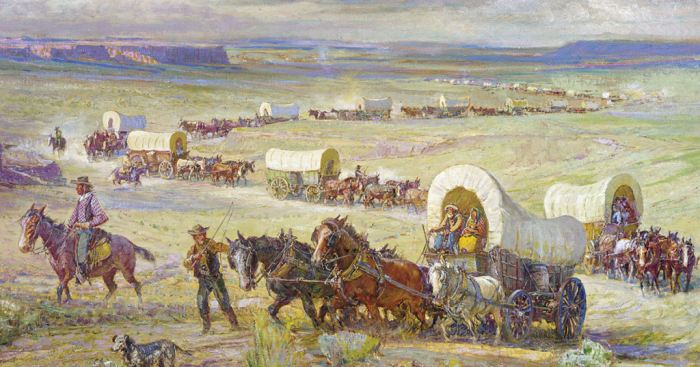
The westward expansion movement was driven by a complex interplay of economic, social, and political factors. Economic motivations included the desire for land acquisition and the pursuit of economic opportunities in the newly acquired territories. The vast expanse of land in the West promised opportunities for farming, ranching, and mining, attracting settlers seeking economic prosperity.
Social factors also played a role. The belief in Manifest Destiny, the idea that the United States was destined to expand westward across the continent, motivated many Americans to participate in the westward migration. Additionally, the availability of cheap land and the promise of a better life in the West attracted people from all walks of life.
Political factors, such as the government’s desire to expand its territory and control over the continent, also contributed to westward expansion. The Louisiana Purchase, the annexation of Texas, and the Mexican-American War were all significant events that expanded the boundaries of the United States.
Methods and Routes of Expansion: Identify The Statements That Describe American Westward Expansion

Westward expansion took place through a variety of routes and methods. Major trails, such as the Oregon Trail, the Santa Fe Trail, and the California Trail, served as pathways for pioneers to travel westward. These trails were often treacherous, with travelers facing challenges such as extreme weather conditions, disease, and attacks by Native Americans.
Government expeditions and surveys played a crucial role in exploring and mapping the West. The Lewis and Clark Expedition, led by Meriwether Lewis and William Clark, was a significant early expedition that provided valuable information about the vast Louisiana Territory.
Other expeditions, such as those led by John C. Frémont and Stephen H. Long, further expanded the knowledge of the American West.
Common Queries
What were the primary motivations for American westward expansion?
Economic opportunities, land acquisition, resource extraction, and the belief in Manifest Destiny were key driving forces.
How did westward expansion impact Native American populations?
It led to forced removal, displacement from traditional lands, and disruptions to their cultures and livelihoods.
What were the major routes used by westward-bound pioneers?
The Oregon Trail, Santa Fe Trail, and California Trail were among the most prominent.
